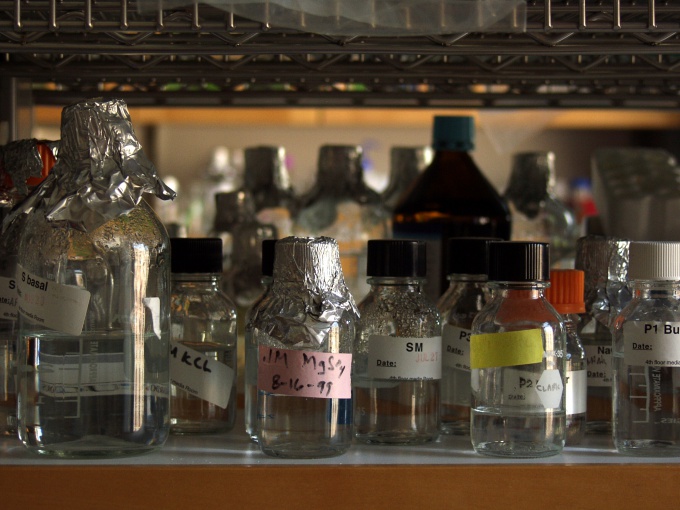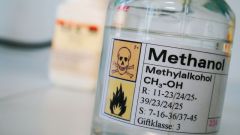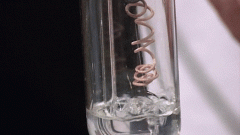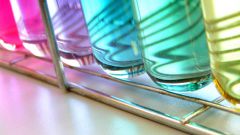You will need
- - metal container (mug, Turk,etc.)
- - copper wire,
- - gas burner (gas cooker),
- - thermometer,
- - a transparent container (glass),
- - potassium permanganate.
Instruction
1
The first method.
Put a metal container of test liquid on a burning gas burner (stove).
Put a metal container of test liquid on a burning gas burner (stove).
2
Measure with a thermometer the temperature at which the liquid starts to boil. Methanol boils at about 64оС, ethanol - about 78оС.
3
The second method.
Twist copper wire from a small spiral. It is necessary to increase the surface of contact of copper and the test liquid.
Twist copper wire from a small spiral. It is necessary to increase the surface of contact of copper and the test liquid.
4
Will rascality copper wire incandescent, but better – to black: is the degree of intensity, when the surface of the wire will start to form copper oxide.
5
Dip the hot wire into the prepared container with the test liquid.
6
Smell: if there is the aroma of rotten apples is ethanol. If there was a sharp, unpleasant smell and irritating the mucous membrane is methanol.
7
The third way.
Pour the test liquid in the transparent dishes.
Pour the test liquid in the transparent dishes.
8
Add the test liquid is a little bit of potassium permanganate (potassium permanganate).
9
If the fluid blisters of gas is methanol. If no bubbles and the smell of vinegar is ethanol.
Note
Aroma of rotten apples exudes aldehyde. Sharp, unpleasant smell of formaldehyde. It is extremely poisonous: you can even go blind.
To distinguish ethanol from methanol outside of a laboratory only if the alcohols concentrated and not mixed with each other. If the liquid is a "cocktail" of ethyl and methyl alcohol, in a domestic environment to conduct accurate analysis practically impossible. Given that methanol is toxic – it is better not to risk it.
To distinguish ethanol from methanol outside of a laboratory only if the alcohols concentrated and not mixed with each other. If the liquid is a "cocktail" of ethyl and methyl alcohol, in a domestic environment to conduct accurate analysis practically impossible. Given that methanol is toxic – it is better not to risk it.
Useful advice
To distinguish ethanol from methanol is possible even with the help of iodoform reactions: when mixing iodine, lye (sodium hydroxide), ethanol, and heated to 50 ° C water, drops yellow precipitate in the iodoform. Methanol this reaction does not.
The bubbles released during the interaction of methanol with potassium permanganate is carbon dioxide. And the oxidation of ethanol by potassium permanganate, no discharge of gas - formed acetic acid. This is used in the purification of ethanol from impurities of methyl alcohol.
The bubbles released during the interaction of methanol with potassium permanganate is carbon dioxide. And the oxidation of ethanol by potassium permanganate, no discharge of gas - formed acetic acid. This is used in the purification of ethanol from impurities of methyl alcohol.






